| Glider Qualification Badge, above two photos. The Glider Qualification Badge was authorized in War Department Circular No. 220, 2 June 1944. Criteria for the wear of the Glider Badge: Personnel must have been assigned or attached to a glider or airborne unit or to the Airborne Department of the Infantry School; satisfactorily completed a course of instruction, or participated in at least one combat glider landing into enemy-held territory. The three Glider Badges shown above are all marked STERLING in raised letters on the reverse. Note: the style and direction of the word STERLING varies slightly on all three badges. All three badges have a similar style of pin for attachment to the uniform. The Glider Badge on the top of the photo has one single bronze star attached to the center. This was an unofficial marking done to symbolize a second landing into enemy held territory. |
| TRAINING AND TROOP CARRIER GLIDER MEMORABILIA |
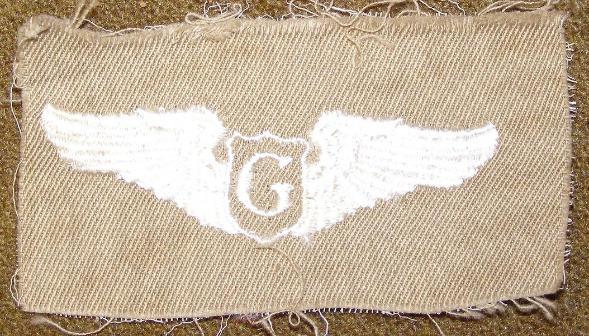
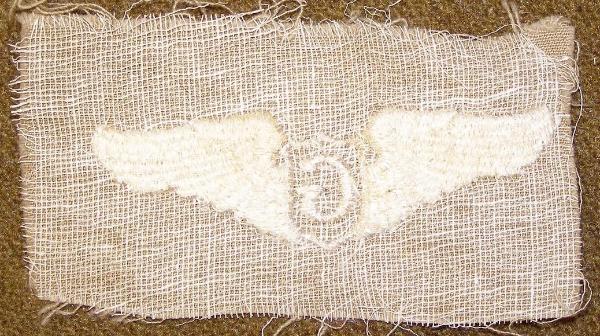
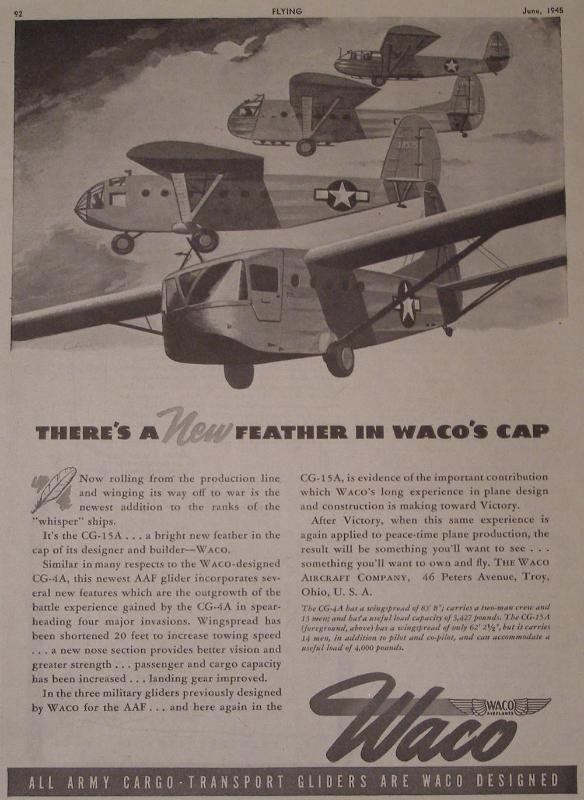
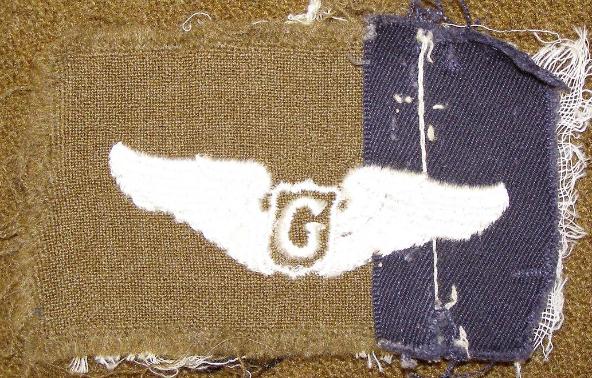
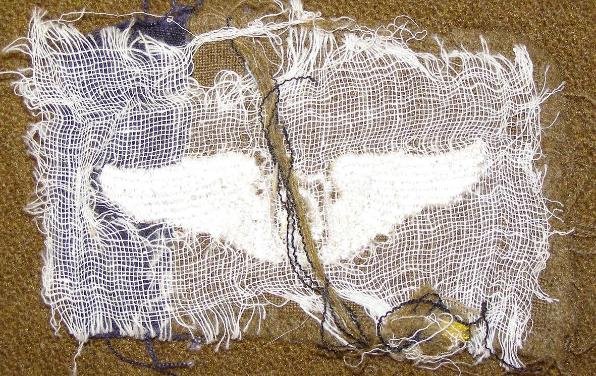
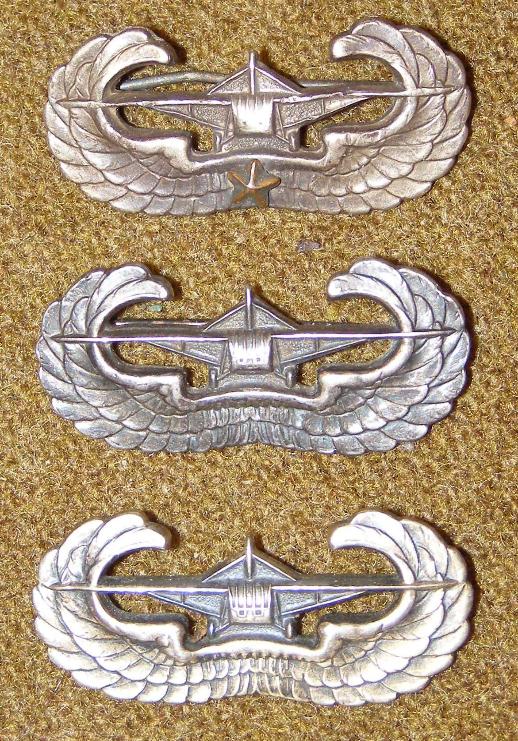
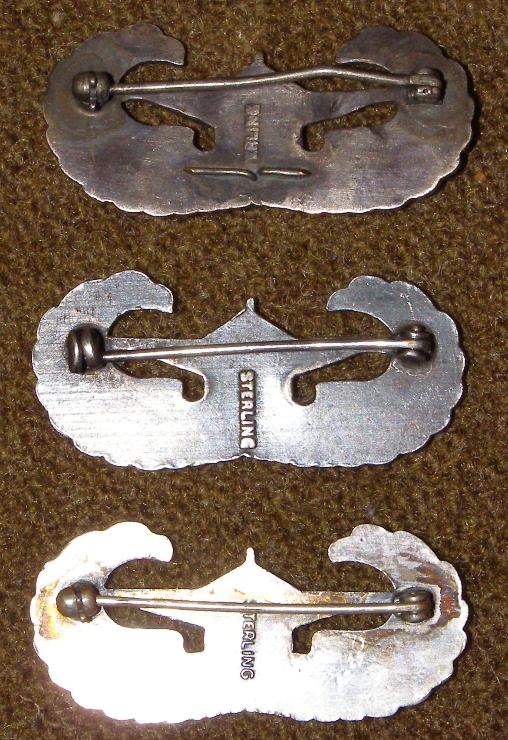
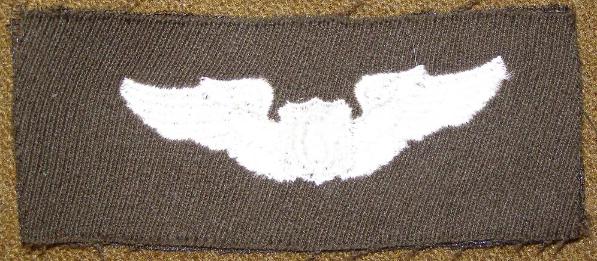
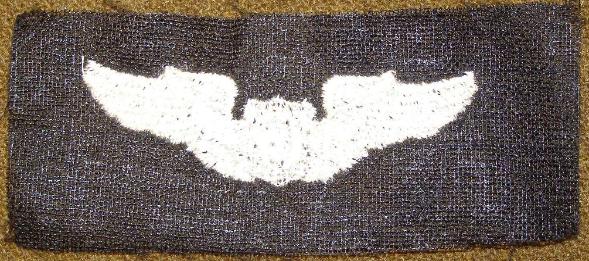
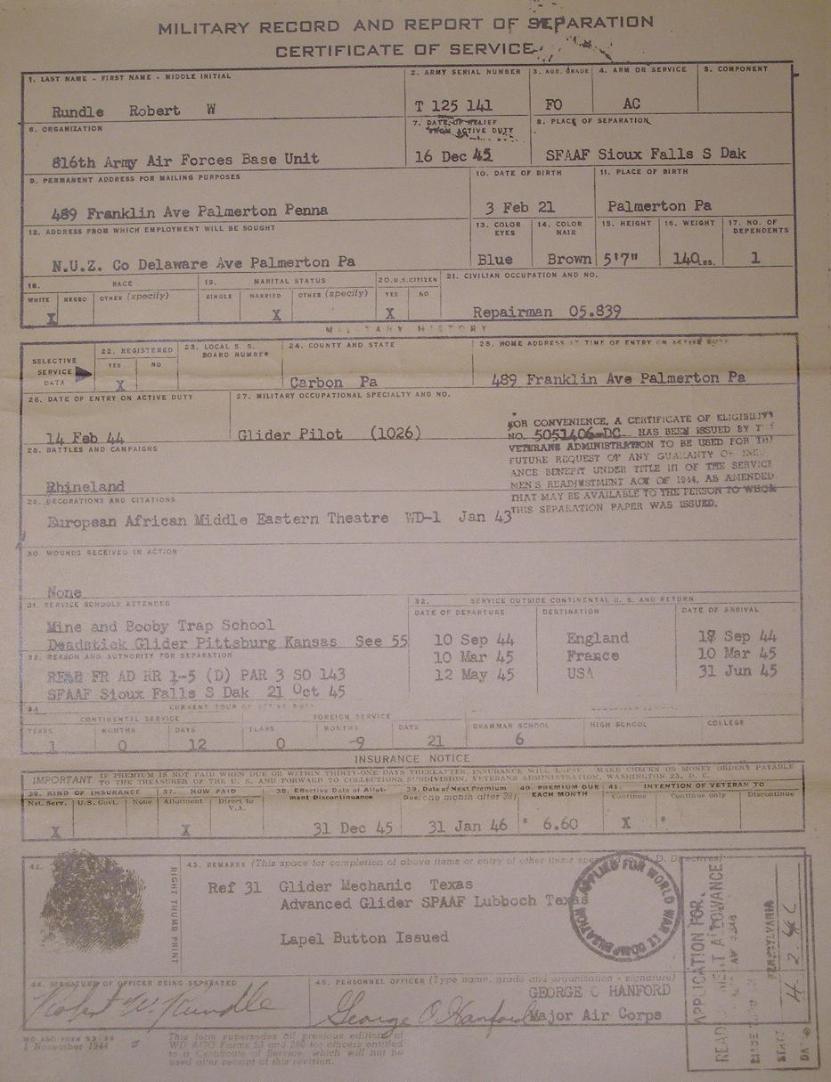
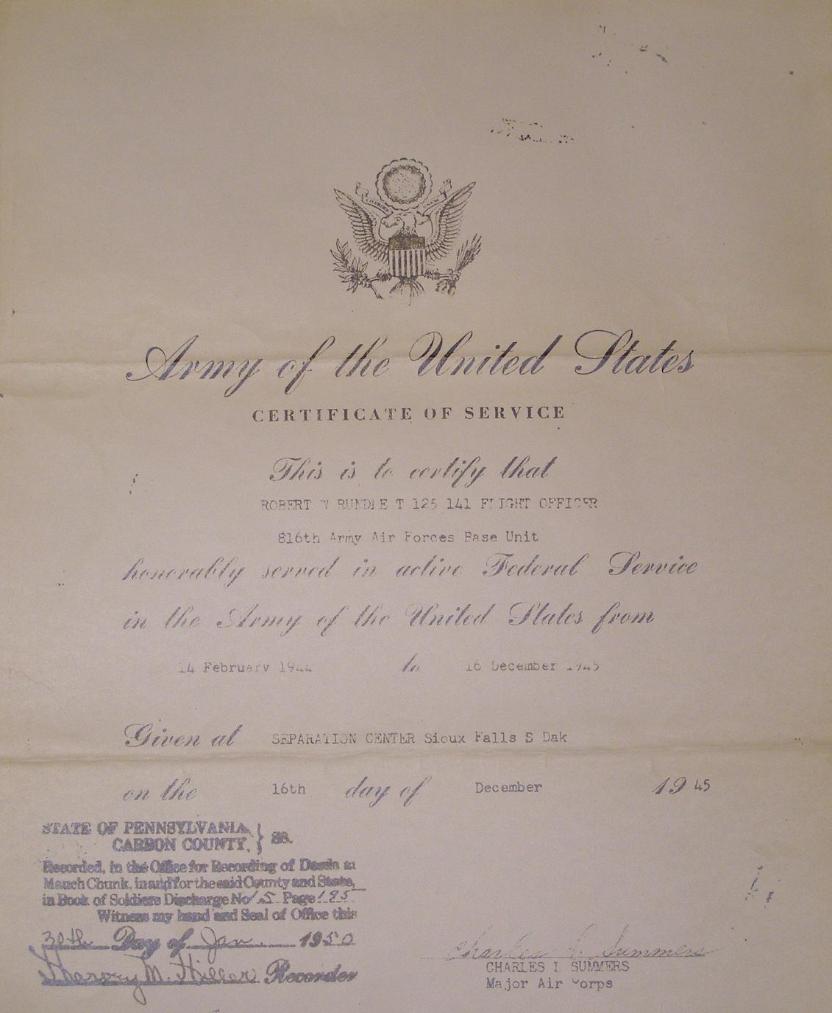
| Life Magazine, September 7th 1942, introducing Glider Borne Troops in the new XCG-3A training glider, above left photo. Flying Magazine Advertisement, June 1945, introducing the new Waco CG-15A Troop Carrier Glider, above right photo |
| Certificate of Service, above photo. This certificate was issued to Flight Officer Robert W. Rundle T-125141. F.O. Rundle served as a Glider Pilot (1026) in the European Theatre during World War Two. His certificate of service indicates that he entered active duty on February 14th 1944 and was discharged on December 16th 1945 in Sioux Falls, South Dakota. He was awarded the European African Middle Eastern (EAME) Campaign Medal for service in the Rhineland Campaign. In addition to being a Glider Pilot, F.O. Rundle also attended Mine and Booby Trap School; Deadstick Glider Training Pittsburg, Kansas; Glider Mechanic School, Texas and Advanced Glider Training, Lubbock, Texas. |
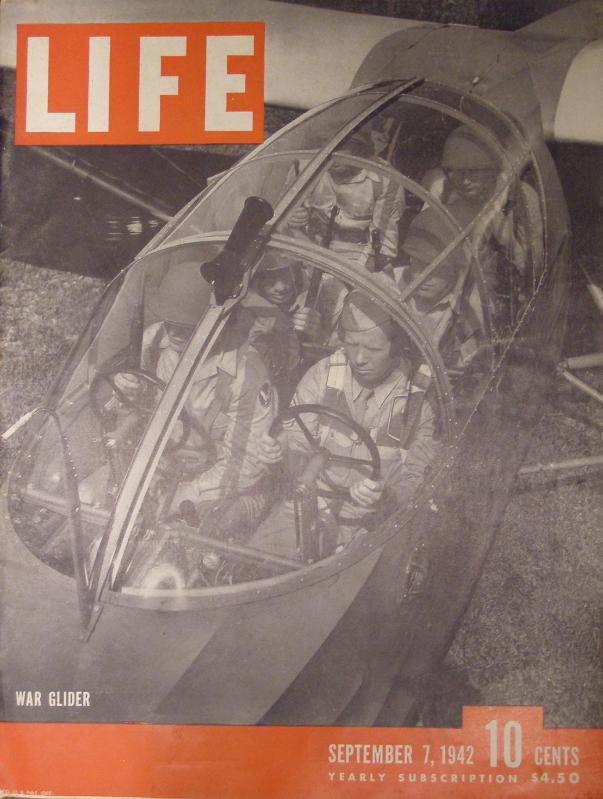
| Officer's Glider Pilot Wings, machine embroidered on chocolate elastique fabric, front and reverse, above two photos. |
| Glider Pilot Wings, machine embroidered on olive drab fabric, factory flawed, front and reverse, above two photos. This set of wings was embroidered at the end of a bolt of fabric, as indicated by the blue denim band at the edge of the wings. This would have been a factory flawed set of insignia and would not have been available for sale or issue. |
| Glider Pilot Wings, machine embroidered on khaki cotton fabric, front and reverse, above two photos. |
| Certificate of Service, above photo. This certificate was issued to Flight Officer Robert W. Rundle T-125141 for honorable service in the United States Army from February 14th 1944 to December 16th 1945. This certificate was signed by Major Charles I. Summers, Air Corps during discharge while assigned to the 816th Army Air Force Base Unit, Sioux Falls, South Dakota. |
| The Allied Glider program was formed in 1942 after the very successful glider assault made by Germany on May 10th 1940. On that day, eight German DFS 230 Gliders landed on the roof of the Fort Eben Emael in Belgium. The German Glider Borne Engineers landed with complete surprise disabling the fort's guns and trapping the Belgium garrison inside. One year later, the Germans made their largest airborne and glider operation, the attack on Crete, May 20th 1941. The American and British Glider program was formed in their wake in 1942. The first use of Allied gliders in Europe was Operation Husky, the invasion of Sicily, July 9th 1943, which ended in disaster. Poor planning and bad weather resulted in the gliders being scattered in the air with some landing in the sea. The second major use of Allied Gliders was Operation Overlord, the invasion of Normandy France on June 6th 1944. Better intelligence and planning resulted in the glider landings in Normandy being far more successful. Later Operations would included: Operation Dragoon, Southern France, August 15th 1944; Operation Market Garden, Holland, September 17th 1944; and finally Operation Varsity, the Rhine River Crossing in March 24th 1945. The U.S. Army Glider Infantry School was closed in 1948 and remaining glider units were eventually converted into parachute infantry. |
